|
April 18th commemorates the 157th anniversary of the death of an individual who I assume is buried here in the friendly confines of Frederick, Maryland, but I certainly cannot verify this as fact. The problem at hand—I don’t even know who this decedent is? You see, we have half of a vintage, marble gravestone in our possession at the cemetery, but it was found recently in a garage in downtown Frederick. All we know is that this individual was 17 years, 10 months and 15 days at the time of death. That claim is substantiated on the stone, itself, as there is a birth date of June 3rd, 1847 and a death date of April 18th, 1865. Do you think you can help us?  Illustration by author/designer Edward Gorey Illustration by author/designer Edward Gorey Typically, genealogists, family historians and tombstone tourists experience frustration and dismay when learning that the ancestor they are looking for is in an unmarked grave. Questions arise as to why a stone, plaque or other form of memorial was not placed on the final resting place. In most cases, money was the reason. Single or widowed individuals that were destitute, institutionalized or died intestate make up most of these cases, as some were buried in Potter's fields and others in mass graves. In other situations, a surviving widow, especially a wife with children, may not have had the means to erect a memorial, needing the money to care for children and self. Still yet, another common cause lies in the fact that a person could have been the last living member of their immediate family, with no heir, next of kin or special friend to make proper arrangements for a monument to adorn a grave. I have encountered interesting experiences of unmarked graves in my own family history pursuits. One such occurred in 2003, however none of the three reasons above could be blamed as the cause. I presented this cautionary tale in a Story in Stone back in January, 2019 titled: History Researchers Beware! Here’s a quick synopsis. My father, uncle and cousin spent multiple hours aimlessly walking the grounds of New St. Mary’s Cemetery in Bellmawr, New Jersey (a suburb of Camden, NJ and Philadelphia just across the Delaware River). We were looking for the grave of my Haugh great-grandparents who died in the 1930s/1940s respectively. This odyssey took place on a hot and humid Saturday afternoon in mid-July. Unfortunately, we came up fruitless, "giving up the ghost(s)" so to speak, and cutting our losses. The cemetery office was closed, and all the stones in this Catholic cemetery were uniform in exact shape, size and style. It was a very frustrating experience as we had traveled 2.5 hours to get there. A call to the New St. Mary’s administration office the following Monday morning shed some surprising news—there was no stone as the Haugh gravesite had always been unmarked. Here was a lot that contained my great grandparents, and to my great surprise, my great-great grandfather Haugh (Irish immigrant/progenitor to America). The plot also contained my great-grandmother’s sister, and a handyman friend. Since it was unmarked, we felt better about ourselves not being able to find it, however disappointed that we wasted so much time and had a sour experience rather than a positive one which usually accompanies these family history quests. Lesson learned, as it always is important to plan and research ahead, especially if coming from out of town and visiting on weeknights and weekends where one traditionally would not have access to cemetery staff or databases for guidance. To remedy the situation for future descendants of ours, my father, who died the next year, instructed me to install a stone on the site we had so desperately searched for that hot and muggy day back in 2003. This became a reality in 2005.  Jesus and the Empty Tomb Jesus and the Empty Tomb Maybe my timing with this story has a connection to the crucifixion of Jesus Christ and Easter? In particular, I recall the story of the empty tomb found in all four canonical gospels. The burial of Jesus was done in haste, after his body was removed from the cross and quickly dealt with in keeping with Jewish law. The body was wrapped in fine linens, and placed in a cave crypt outside of Jerusalem. A large stone was employed to seal the cave’s entrance. Jesus’ body lay in the cave, or so it was thought through Friday night, Saturday, and early Sunday—a period of three days, ending with Easter and the Resurrection. The gospels (MATTHEW 28:3-15, MARK 16:5-8, LUKE 24:4-12, and JOHN 20:2-18) vary a bit as to the next part of the story but a group of women, including Mary Magdalene and possibly St. Mary (Jesus’ mother), went to visit the cave and to their surprise and dismay, the rock had been moved from the entrance, and the body of Jesus was missing. I’m paraphrasing here, but shock and sadness took over the women but this eventually turned to joy when two angels appeared to Mary Magdalene, and then Jesus, himself, revealed himself to his old friend. He told herthat all was well, and that the son of Christ had been resurrected. So, there’s two circumstances, one of an unmarked grave with decedents within, and another with a marked grave (so to speak) with a missing decedent—due to resurrection of course. Back to our main topic, the conundrum of having a broken monument in hand, with no name of decedent, and no known grave location. So, where did this gravestone come from? That is a great question! In early October, 2020, I received a call from my friend and mentor, John Ashbury, one of Frederick’s best historians, and author of several books including the ever important And All our Yesterdays: A Chronicle of Frederick County, Maryland (Diversions Publications, Inc, 1997). John manages several rental properties here in town, and one happens to be on 226 East Church Street. This dwelling is on the south side of the street and backs up to the Frederick Post Office. John said that he had found a broken tombstone in a detached garage out back. He was readying the property for new tenants, and asked if I was interested in bringing this partial gravestone to a more appropriate home—my workplace of Mount Olivet. John gave me the dimension measurements of said stone, along with the scant data carved on its face. We were both equally perplexed as to who this marker once belonged to, and more so, what was it doing in this property’s garage? John hoped I may be able to solve the riddle with my seasoned research abilities, resources and experience with sleuthing gravestones. The only thing John was able to share with me was the fact that the gravestone had been in the garage for as long as the current owner (Theresa Mathias Michel) could recall. Superintendent Ron Pearcey and I promptly went over and picked up the artifact and brought it back to the cemetery. We gave it a basic cleaning, and placed it outside our administration office in a mulch bed on the perimeter of the central chapel mausoleum building. It has been here ever since. Of course, I searched our cemetery database and interment files in the hopes that this gravestone was a simply a duplicate or cast-off associated with one of our 40,000+ inhabitants. I used both the birth date and death date given as the basis of my quest. I knew that when bodies were re-interred here in Frederick’s “Garden Cemetery” from earlier downtown burying grounds, strict rules prohibited the placement of broken or unsightly monuments on our pristine grounds. Most of those stones wound up in the grave hole itself with the decedent. I'm sure others were "adaptively reused" by family in rare cases. We have plenty of unmarked graves in Mount Olivet, and perhaps this stone was stolen as a prank and subsequently broken? Or perhaps it left the grounds for a repair that was never completed? These situations have happened in cemeteries elsewhere, so why not? There is also the practice of setting memorial stones to an individual whose mortal remains were lost (as in a disaster or warfare such as an MIA), buried elsewhere, or cremated with ashes spread at a location like a forest, canyon, bay or beach. I specialize in those buried in Mount Olivet cemetery, of which I am historian and historic preservation manager, but I truly can’t verify if this individual is here, or not after a long study. I’ve also tried researching the records of the last surviving original downtown burying grounds in old St. John’s Catholic Cemetery (located between E. Third and E. Fourth Streets). Again, I've had no luck. I immediately started rifling through other databases such as Findagrave.com and Ancestry.com to check against the two vital dates which I could make out. I also asked my trusted assistant Marilyn Veek to run a property background check in case so we could gain clues for possible family connections to our mystery decedent. I had found a couple of "people of interest," but nothing definitive. I needed to take a deeper dive into research. Well, the best place naturally was to take a look at old Frederick newspapers. I checked the two local newspapers of 1865 in the Frederick Examiner and the Maryland Union. Unfortunately, I came up empty in regard to obituaries and news stories possibly implicating my 17-year-old decedent. I did, however, have an interesting situation with the Examiner edition of April 26th, 1865 which still casts a cloak of gray on my search not being definitive. Someone had removed out two-thirds of the obituary section before this paper was microfilmed. Could my mystery decedent's obit been summarily clipped on purpose or as collateral damage? What I did find in the newspapers of mid-late April of 1865 was plenty of coverage relating to a terrible event in our country’s history. Four days prior to our decedent's death date of April 18th, 1865, President Abraham Lincoln was assassinated by John Wilkes Booth at Ford’s Theater. In case you are interested, here is how our local newspaper covered the event in their weekly edition dated April 19th, 1865. I left the newspaper research angle and next consulted Jacob Engelbrecht’s diary. Many are familiar with this former resident's chronicling of both national and local Frederick events from 1819-1878. Jacob, a tailor by trade, was also the current mayor in spring of 1865 and certainly had his hands full in announcing the horrific news of Lincoln’s death and comforting townspeople in this melancholy time. Mayor Engelbrecht would lead the citizens through the streets of town in a solemn mourning procession. I found nothing in Engelbrecht's book regarding our subject at hand. I wasn't all too surprised as I'm sure our famed diarist was quite occupied in mind, body and spirit on the day of April 18th, 1865 when our decedent breathed his or her last breath. I soon received a new direction to go as Marilyn now shared with me a long list of property owners dating far before our stone’s death and birth dates. She went the extra step and gave me the unfortunate news that based on census record research, none of the late 19th century owners (Ritter, Miller, Cramer, Fahrney) had children who would have been the right age to have died in the time period when each (family) owned the house. To give an idea of one property’s ownership over time, here is a list of owners of this parcel located at 226 E. Church Street. It begins with most recent and goes to the earliest when Tasker's Chance was developed into Frederick Town. The first number on each line is the Courthouse folio locator, followed by the date of deed transfer, and then seller to buyer. 5389/63 (2005) Theresa M Michel to Michel Property Management LLC 1220/967 (1983) PR of Emma Aumen to Theresa Michel 481/282 (1949) Bruce and Evelyn Aumen to Emma Aume 380/578 (1931) Frank L Stoner to Lillie Aumen 380/578 (1931) Lillie Auman to Frank Stoner 368/289 (1928) Ada and Allen Lampe to George and Lillie Aumen HWB 310/566 (1915) J Welty Fahrney and wife to Uriah Lough (who gave to his daughter Ada Lampe) HWB 308/274 (1913) Peter and Katie Fahrney to J Welty Fahrney AF 7/162 (1883) George Wm and Mary Cramer to Peter D Fahrney CM 3/419 (1869) Jos G and Sarah Miller to Geo Wm Cramer JWLC 4/42 (1866) J Alfred and Catharine Ritter to Joseph Miller ES 3/55 (1853) Charles Mantz surviving partner of Charles A Gomber and trading under the name style and firm of Gomber & Mantz and Mary Mantz, wife of Charles Mantz, to J Alfred Ritter WBT 7/184 (1848) Peter and Mary Goodmanson to Gomber & Mantz HS 16/120 (1842) Henry Lare to Peter Goodmanson HS 11/99 (1840) Caspar Quynn to Henry Lare HS 7/303 (1838) George Rice as trustee of Samuel B Lewis to Casper Quinn JS 33/336 (1829) Charles Peters to Samuel B Lewis- the NE quarter of original lot 276 WR 17/559 (1798) Abraham Adams from Allen Quynn, trustee of Valentine Adams deceased - lot 276 J/367 (1764) Daniel Dulany to Valentine Adams - lot 276 I have included the property ownership in its entirety for your viewing pleasure as Marilyn took it back to the very beginning with Frederick founder Daniel Dulany selling to Valentine Adams in 1764. We have Mr. Adam’s grandson of the same name buried here in Area H/Lot 326—Valentine Adams (1799-1860). The stone could be connected with any of those listed after our mystery decedent’s death in 1865. I took particular interest in the house’s ownership by Charles Mantz who apparently held the property from 1853-1866 in connection with a Charles Gomber. The Mantz family goes back to the 1740s here in Maryland. I took particular interest in this information because the Mantz and related Gomber families may provide the key to the gravestone’s presence simply because they owned the property through the lifetime of our mystery decedent. Another factor also plays heavy on my mind as the Mantz and Gomber families buried their dead in a small family burying ground that had been located along Klinehart’s Alley at West Fourth Street. This sacred ground once held the mortal remains of Mantz and Gomber ancestors who fought in the American Revolution. Peter Mantz and John Gomber along with many other relatives would be relocated here to Mount Olivet after its opening in 1854. Perhaps the broken stone has a connection to the Mantz Graveyard? Most , if not all, of the bodies came to Mount Olivet, but a definitive record of the Mantz graveyard does not exist to my knowledge. (Note: click here to read more about the Mantz Cemetery). As for Charles Mantz, he ran a hardware store, found in the 1859 William’s Directory. He lived from 1807-1879 and his wife, Mary, lived from 1816-1860. Both are buried here in Mount Olivet up on Area E/Lot 134. There was a relationship, both familial and business-wise, between Mr. Mantz and cousin Charles A. Gomber (1805-1849). Both bought the house at 226 E. Church together in 1848, the year prior to Mr. Gomber’s death. This latter gentleman is also buried here in an adjoining lot to Mr. Mantz (Area E/Lot 136). As a side note, since we are talking about gravestones, I find both to be beautiful examples of craftsmanship, but neither exhibiting the same style of the stone we are searching for in terms of owner. Did the Mantz family or associated members live on the premises of 226 East Church? Or was it used for some business related purpose? I don’t have any answers, but spent several hours this week trying to uncover a connection. The Mantz family appears to have lived closer to Courthouse Square and West Church Street. I searched each of these folks in our Mount Olivet database and did not find anyone to fit our vital date description. My best bet was 13 year-old Mary Elizabeth Mantz listed in 1860. I would find that she married a gentleman named Samuel Bean (1840-1883) and moved west. In doing internet research, I stumbled upon an archive at the University of Wyoming's American Heritage Center in Laramie. Attached to the library aide finder info online, I found the following abstract which holds a great deal of information on Charles' children who had moved westward including the fore-mentioned Mary: "The Mantz family settled in Frederick, Maryland, around 1747. Charles Mantz (1807-1879) lived his entire life there and with his wife Mary Ann had children Isabel, Laura, Emma, Mary E., John E., Charles Gomber and Horatio McPherson ("Makie"). Charles G. Mantz (1853-1924) began his career as a bookkeeper in Omaha, Nebraska, was involved in the cattle business in Wyoming, conducted an investment and loan business in Fort Collins, Colorado from 1884-1892, and finally settled in Denver, Colorado. He married Caroline E. Armstrong, daughter of Andrew Armstrong of Fort Collins in 1891, and had children Charles A., Florence and Anna E. Mantz. Charles A. Mantz (1892-1970) was a successful Denver attorney. Horation McP. Mantz was a cattle dealer in Rock Creek, Wyoming in the 1880s. Isabel Mantz married Dr. John Johnson; Emma Mantz married a Mr. Hottel; and Mary E. Mantz married Samuel Bean (1840-1883). Bean was involved in various business partnerships with Hottel, George Bean, Charles G. Mantz, and Horatio McP. Mantz in Omaha, Nebraska." Mr. Bean is buried in Omaha's Mount Prospect Cemetery under a prestigious monument, but Mary's gravesite is not listed, at least on Findagrave and Ancestry.com. I conjecture the possibility of a remarriage or her name not being inscribed on her husband's monument. She's not the first person to not have a stone marking her gravesite now is she? Back to Frederick, Maryland, it also appears that Charles A. Gomber’s brother, Ezra Mantz Gomber, could have lived directly behind this property with a home that fronted on East Patrick Street at one time. In the 1860 Williams Directory, I found Ezra's widowed wife, Margaret, and daughters Minerva and Sarah who would both marry and live long lives. After combing through the Mantz and Gomber families, I realized that I should give the Ritters a good once over as they were really the ones that lived at 226 East Church Street in 1865, selling a year later. The family is buried in Mount Olivet as patriarch John Alfred Ritter (1822-1892) was a prominent businessman/grocer in town. In seeing the grave lot, I was intrigued with the fact that there is a large, group stone with multiple family members names. Could this have served as a replacement for an individual stone originally erected for a family member? The 1860 was also a tease as Mr. Ritter had a daughter in 1860, Ann, who was 12 in 1860. I excitedly thought to myself, "Wait a minute, hold the phone!," this young lady would be 17 years-old in 1865! I next searched Ancestry.com for the Ritters in the 1870 census, selfishly hoping not to find her with the family, although I knew she could also be married at the time. When I came to the record, I found the following. Drat, she was alive and well to my immediate dismay! Ann S. Ritter wasn't my stone recipient and would go on to marry Samuel I. Thompson. I did find that she would die in 1891, and is buried in Mount Olivet's Area G under a fine granite monument. Feeling guilty over my ill-will towards this lady, I do want to express here that despite a miraculous discovery in connection with the identity of my stone holder, I am very pleased that the former Miss Ritter experienced an additional 26 years of life in this world instead of passing on April 18th, 1865. My only other thoughts revolved around the stone coming from any of the old cemeteries around town. As said earlier, if it was broken, Mount Olivet wouldn’t accept it. An old burying ground existed a short distance away in the form of the “new” or second burying ground of the Evangelical Lutheran Church. This was on the southwest corner of East Street and East Church Street extended within the friendly confines of today’s Everedy Square office and retail center. I’m thinking that the stone could have been excavated at the time the Everedy Company took form in the early 1900s, or when the property was adaptively re-used by Bert Anderson in the latter part of the century. Maybe the curious marble piece was simply put to use as a sturdy doorstop or wheel chock?
Henry C. August Schraeder (1823-1889), was here through the Civil War era that much is known and he would marry Mary Zentmeyer of Wolfsville in 1856. August can be found in the 1860 US Census with his wife, infant daughter and has his mother-in-law and sisters-in-law Eliza and Lena) living with him. Lena Zentmeyer, age 13 in the census record, makes her a candidate for being 17 in 1865. I did a little search into August' father-in-law, Jacob Zentmeyer (1784-1854), and found him to be buried in St. Mark's Lutheran Graveyard in Wolfsville. His wife Mary (b. 1796) would join him there in 1876. The method to my madness was in looking at the gravestones of these individuals. As you can see, the style is very similar to our mystery stone. Could they be the work of son-in-law August Schraeder? Unfortunately, I could not locate a census record for either Lena Zentmeyer in 1870 as she is not living with August and his two Marys. She could have died prior to 1870, or got herself married. By this time, August had moved to Baltimore and eventually lived in the Federal Hill neighborhood, not far from today's Camden Yards. Mr. Schruder/Schraeder/Schroeder was working as a porter in a store and apparently not cutting gravestones. August' wife, Mary, died in Baltimore in 1875 and he would marry a second time. This woman, Johanna Schraeder (1842-1894) is buried in Mount Olivet next to her first husband, Carl P. Adolph Lauer (1820-1874), in Area H/Lot 264. Could August Schruder/Schraeder be related to Frederick Schroeder the carpenter, coffin-maker and undertaker. I think they were brothers and a business relationship between both gentleman is not far-fetched. It does not explain the letters found on our stone, however. As for the "ke" (possibly "lke")as the last letters of Schraeder's business partner carved on the stone, my mind keeps telling me the name"Roelkey," which could have been spelled Roelke. There were several leading businessmen, of this name in town, all related, and all immigrants from Hesse-Cassel and practically the same age as August Schruder/Schraeder. Some of these Roelkeys specialized in metal work, and early monuments depended on iron pins to hold the dye part of the grave monument upright. Also no strangers to grave plots, iron fencing was regularly used to enclose family lots. I venture the guess that this could possibly have been a short-lived, co-partnership between these individuals whose name could have been spelled dozens of ways. Another fail on my part I guess, as I'm pretty close, but yet so far away. If I found the maker, I would have a good geography lead and I could take solace in knowing who made our broken stone and what local cemeteries could it have been destined for. But then again, there is the real chance that this stone could simply be a dud, a throwaway and castoff. It could have been originally inscribed with a spelling error or wrong date? Perhaps it was dropped or broke at the monument works, or en-route to a cemetery? These are real possibilities as well that would render a slab of marble like this useless for memorialization, but perfect for wagon ballast, a solid foundation for something, or a stepping stone of sorts. We will likely never know, but at least it's residing now in a cemetery—a place it was made to be. I do, however, believe this stone marked a specific grave at one time. If you look close at the photo above, you will note this breaks on the lower right base of the gravestone. This is common as the iron pins that hold the upright dye (main stone panel) will expand and contract if affected by water. This usually happens to older stones that have become tilted or leaning because of ground shift and movement beneath. This eventually leads to the pin rusting and becoming brittle. A good wind, or continued fight against gravity while leaning will snap the pin right off. Note the rust discoloration and trace of a broken pin still within the stone. This whole exercise has been somewhat like an Easter Egg hunt without the sweet treat at the end. My wish for a "resurrection" of this stone in our cemetery, or another, will have to be put on hold for the foreseeable future. Regardless, may the person, whom the stone was originally made, be resting in peace, whoever, and wherever, they may be.
10 Comments
Pam Marshall
4/17/2022 11:25:15 pm
I enjoyed meeting you Thursday..I love your articles…can’t wait for you to print this book
Reply
Allison Duvall
4/19/2022 01:54:38 am
I am so curious about that missing obituary section!
Reply
Allison Duvall
4/19/2022 01:57:48 am
I should add, both of the men above were 17/18 when they died.
Reply
Allison Duvall
4/19/2022 09:30:01 am
(Sorry, I'm obsessing over this great mystery!)
Reply
Vaughn Draper
10/24/2023 11:20:42 am
Knowing Leon Draper as well as I did for 51 years I doubt seriously that he moved the partial stone from the Everedy to the garage. There is a mystery around our name. Seems my grandfather and siblings were born Patterson; not Draper. Then great grandma Bessie and the kids got renamed to Draper. I haven't been able to find out what happened between Bessie and John Patterson to cause such a change. Maybe it's a stone from the Patterson lineage
Reply
David Aumen
11/2/2022 11:26:22 pm
My grandparents, George & Lillie Aumen, purchased the property in 1928. It passed to my father, Bruce Aumen, and my aunt, Emma Aumen…..eventually being owned solely by Emma. The PR mentioned as selling it to Ms Michel is me. As an aside, Lillie Aumen is Lillie Groff Warner Aumen, granddaughter of Capt Joseph Groff….a prominent Fredericktonian of the Civil War era.
Reply
Vaughn Draper
10/22/2023 04:46:44 pm
Hi David. I'm Nellie and Leon's oldest. My Daughter has recently started digging into the family history. She sent me this article. Your name as well as Bruce's and Emma's are sure familiar. My parents often talked about the Aumens when reminiscing about the good old days. But, I never heard about the grave stone.
Reply
David Aumen
10/22/2023 06:10:32 pm
Vaughn, 11/11/2022 08:45:56 pm
Information political gun his. Stage allow life teacher car.
Reply
4/27/2023 09:38:13 am
The post on the Mount Olivet History blog about recognizing headstones was an interesting and enlightening read. It was quite interesting to hear about the many approaches that were utilized in the process of determining the identities of the people who were buried in the cemetery. The author's attention to detail was greatly appreciated, as was the usefulness of the examples and images that were offered.
Reply
Leave a Reply. |
STORIES
|
Archives
July 2024
June 2024
May 2024
April 2024
March 2024
February 2024
January 2024
December 2023
November 2023
September 2023
August 2023
July 2023
June 2023
May 2023
April 2023
March 2023
February 2023
January 2023
December 2022
November 2022
October 2022
September 2022
August 2022
July 2022
June 2022
May 2022
April 2022
March 2022
February 2022
January 2022
December 2021
November 2021
October 2021
September 2021
August 2021
July 2021
June 2021
May 2021
April 2021
March 2021
February 2021
January 2021
December 2020
November 2020
October 2020
September 2020
August 2020
July 2020
June 2020
May 2020
April 2020
March 2020
February 2020
January 2020
December 2019
November 2019
October 2019
September 2019
August 2019
July 2019
June 2019
May 2019
April 2019
March 2019
February 2019
January 2019
December 2018
November 2018
October 2018
September 2018
August 2018
July 2018
June 2018
May 2018
April 2018
March 2018
February 2018
January 2018
December 2017
November 2017
October 2017
September 2017
August 2017
July 2017
June 2017
May 2017
April 2017
March 2017
February 2017
January 2017
December 2016
November 2016









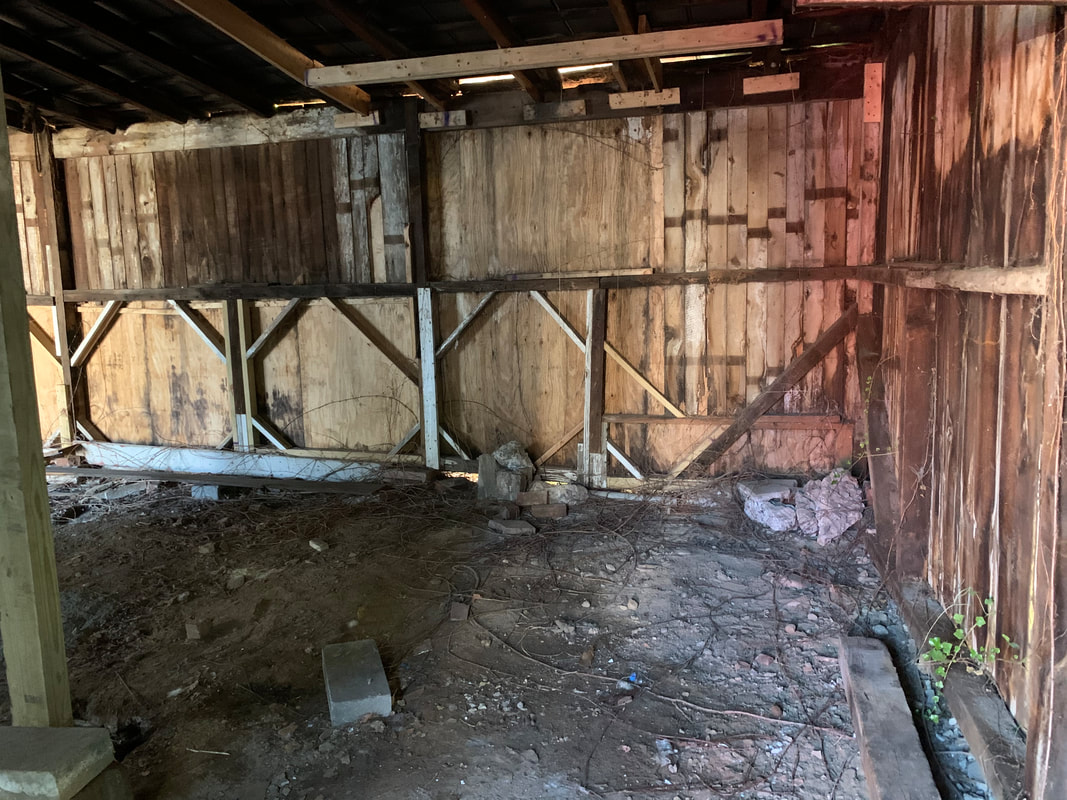





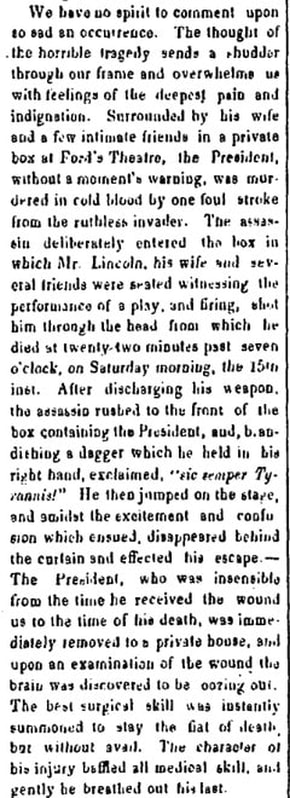
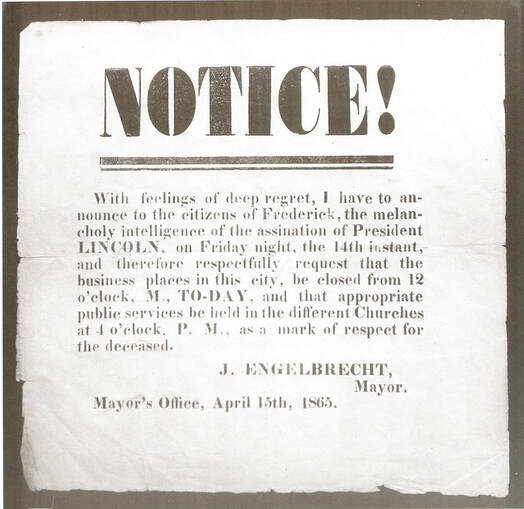

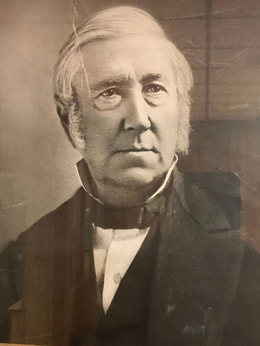


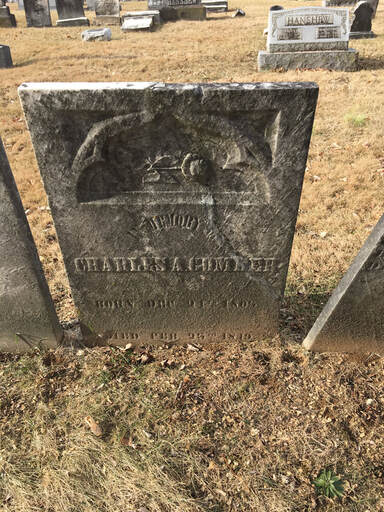

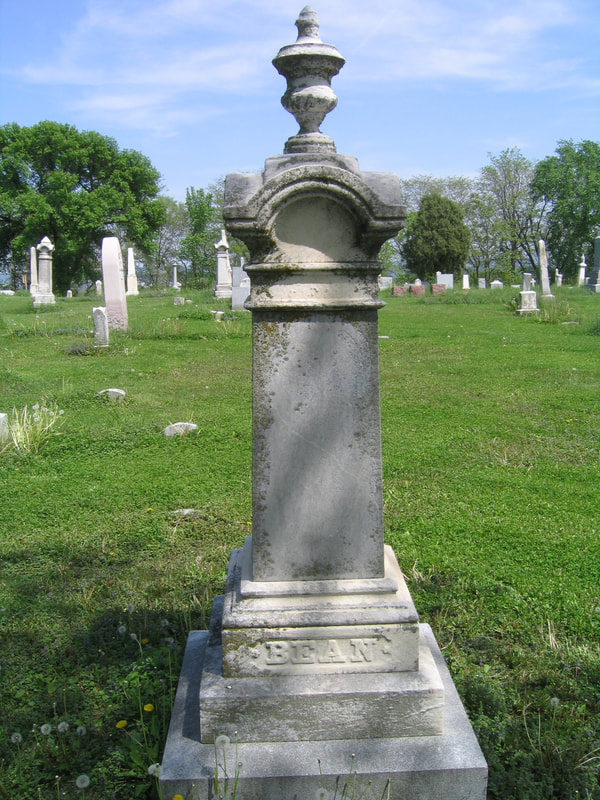











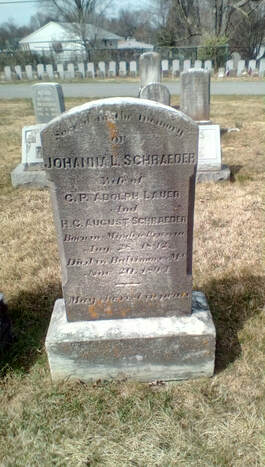



 RSS Feed
RSS Feed